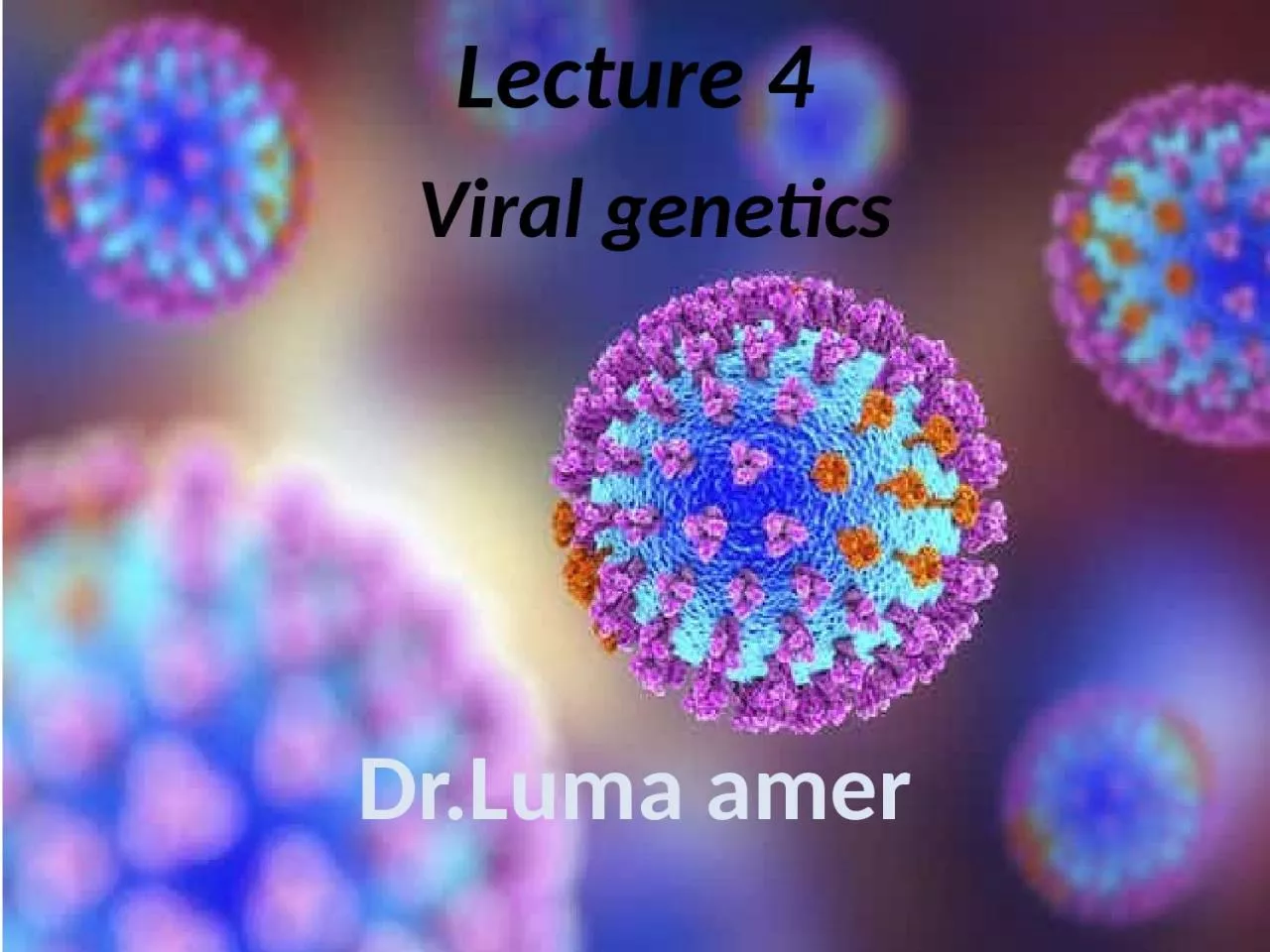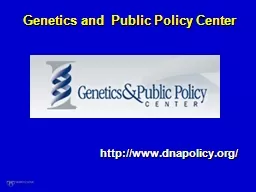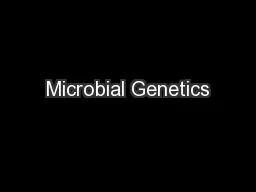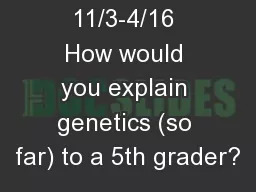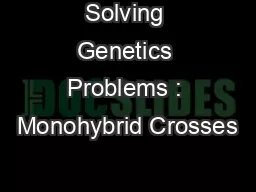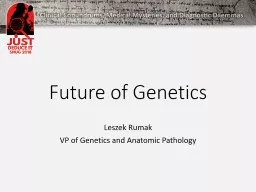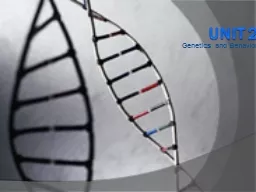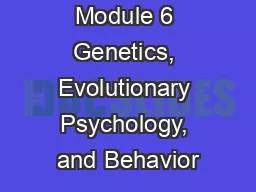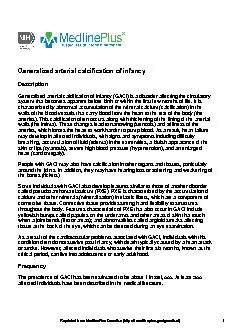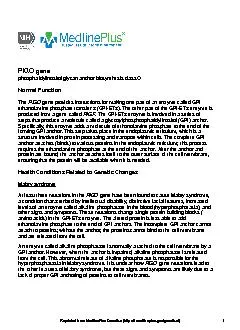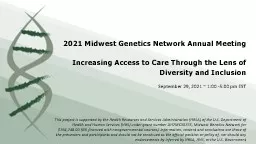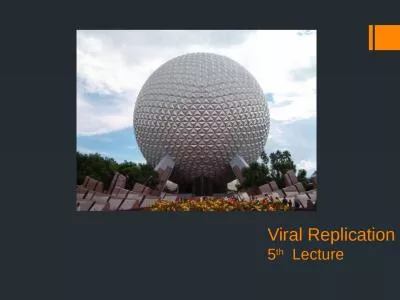PPT-Lecture 4 Viral genetics
Author : mackenzie | Published Date : 2024-02-09
DrLuma amer Viral genetics Viruses are simple creatures lacking an energygenerating system and having very limited biosynthetic capabilities The smallest
Presentation Embed Code
Download Presentation
Download Presentation The PPT/PDF document "Lecture 4 Viral genetics" is the property of its rightful owner. Permission is granted to download and print the materials on this website for personal, non-commercial use only, and to display it on your personal computer provided you do not modify the materials and that you retain all copyright notices contained in the materials. By downloading content from our website, you accept the terms of this agreement.
Lecture 4 Viral genetics: Transcript
Download Rules Of Document
"Lecture 4 Viral genetics"The content belongs to its owner. You may download and print it for personal use, without modification, and keep all copyright notices. By downloading, you agree to these terms.
Related Documents

